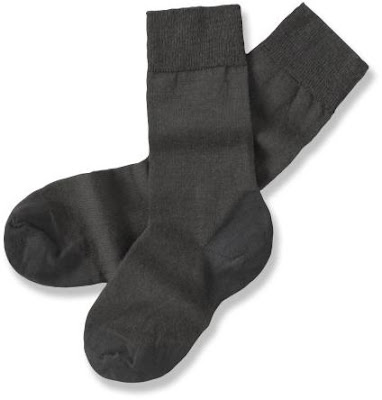Packing toiletries for hiking Mount Kilimanjaro might have been just as hard as climbing Kili itself. While my tour operator sent me a basic packing list of equipment and clothes, the only toiletries on that list were sunscreen and lip balm. Because a good list is so hard to come across, I want to share what I packed with you because us girls have to stick together when it comes to looking good!
What was the very first thing in my cute Vera Bradley toiletry kit, you ask? A tooth brush and tooth paste, of course. That should be the first thing you pack any time you go on any trip! Other necessities that followed closely after were my brush and hair ties to tame what would become my crazy mane, my favorite Olay Regenerist SPF 15 face lotion, and one of my essentials, Burts Bees Pomegranate Oil Lip Balm. Sun safety is incredibly important so don’t forget you SPF of at least 50!
Now, I hate to be the bearer of bad news but it’s pretty important that you know this: there are no restrooms on Mount Kilimanjaro. The only form of bathroom you will find are rickety wooden outhouses (the fact that these smell so bad you would rather go in the woods is another story for another post).
No restrooms on Kilimanjaro means two things for you: no toilets and no showers. First, because you will be using out houses or the woods, you absolutely must bring your own roll of toilet paper. Trust me, if you forget anything do not let it be the TP.
The other implication of no bathrooms on Kili is that there are no showers. Yes, you will not shower for a week. Yes, you will probably smell by the end. Yes, you will agree to never discuss your dirty state with anyone after leaving that mountain.
I wouldn’t have looked half as decent without my Neutrogena Makeup Remover Cleansing Towelettes which kept my face fresh and oil free. If you’re the type of girl that works up a sweat when doing physical activity, Neutrogena Deep Clean Sport On-the-Go Cleansing Wipes would be perfect for you. In addition to working well, both of these wipes come in a re-sealable, plastic package so they don’t dry out and can be easily packed.
To keep your body clean and to fight off funky smells, Wet Ones wipes are essential. Because they’re made for children, these antibacterial wipes come in both regular and sensitive formula in case you have sensitive skin. Wet Ones will keep your skin clean without drying you out or making you smell like rubbing alcohol.
Dry shampoo like TREsemme Fresh Start is a necessity to keeping your hair clean. Dry shampoo is a powder that absorbs oil and neutralizes odors to keep your hair looking and, more importantly, feeling fresh. Dry shampoo will keep your tresses looking beautiful so that when you look back at pictures on Kili you look like a movie star.
To keep yourself smelling so fresh and so clean, D.O. for the B.O. is a must! Secret Clinical Strength Sport deodorant kept my sweating to a minimum during a highly athletic activity. Do yourself and your trekking group a favor by applying this at least once a day while on Kili.
 |
| My Vera Bradley Toiletry Case |
 |
| Favorite Olay Regenerist SPF 15 face lotion |
 |
| The essential Burts Bees Pomegranate Oil Lip Balm-I'm addicted! |
 |
| Neutrogena Cleansing Face Towelettes to keep your skin clean and glowing |
 |
| Wet Ones Antibacterial Wipes To Go |
 |
| Give love to your locks with TREsemme Fresh Start Dry Shampoo |
 |
| Secret Clinical Strength Deodorant will keep you smelling like roses while you rough it! |



































